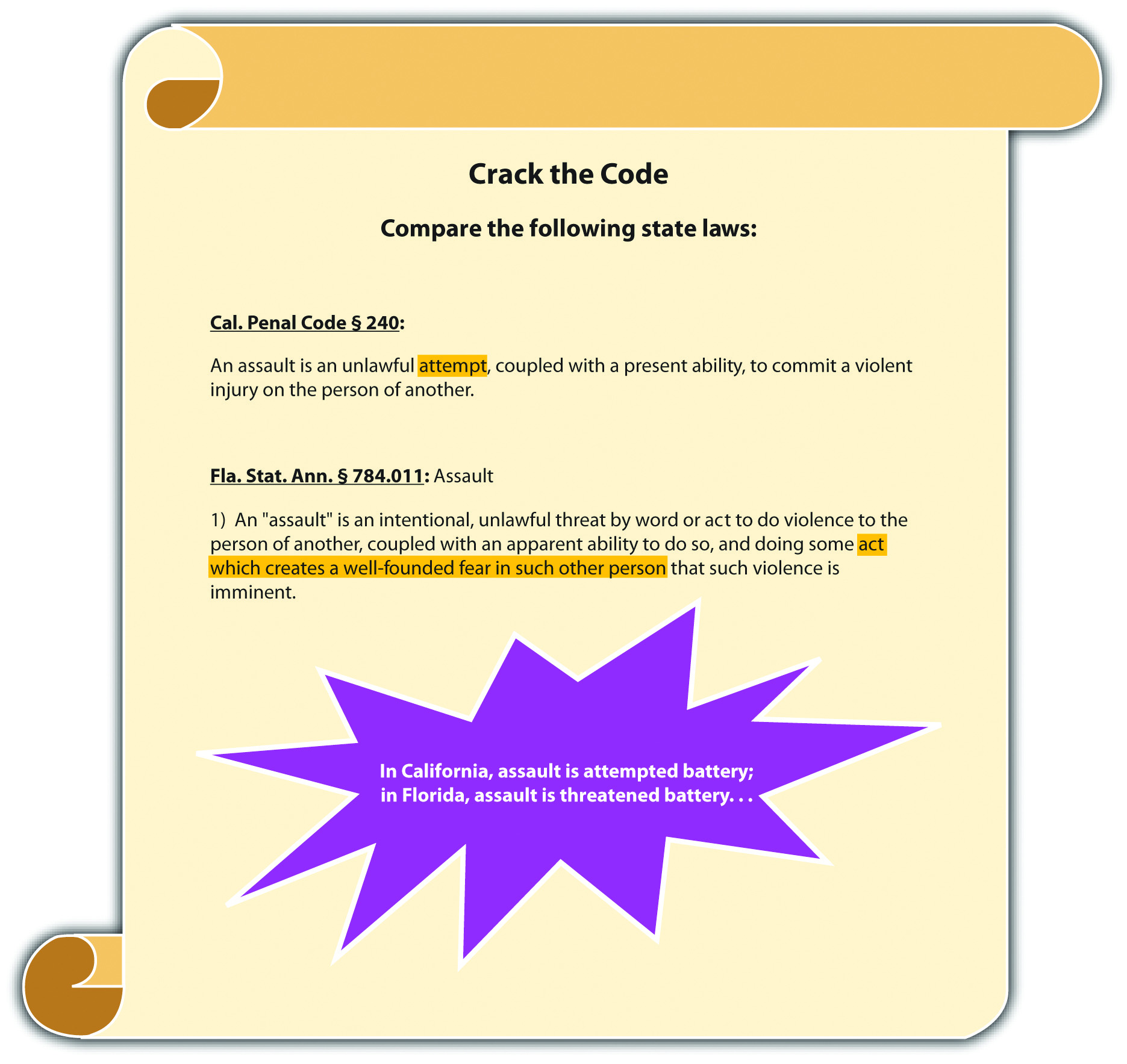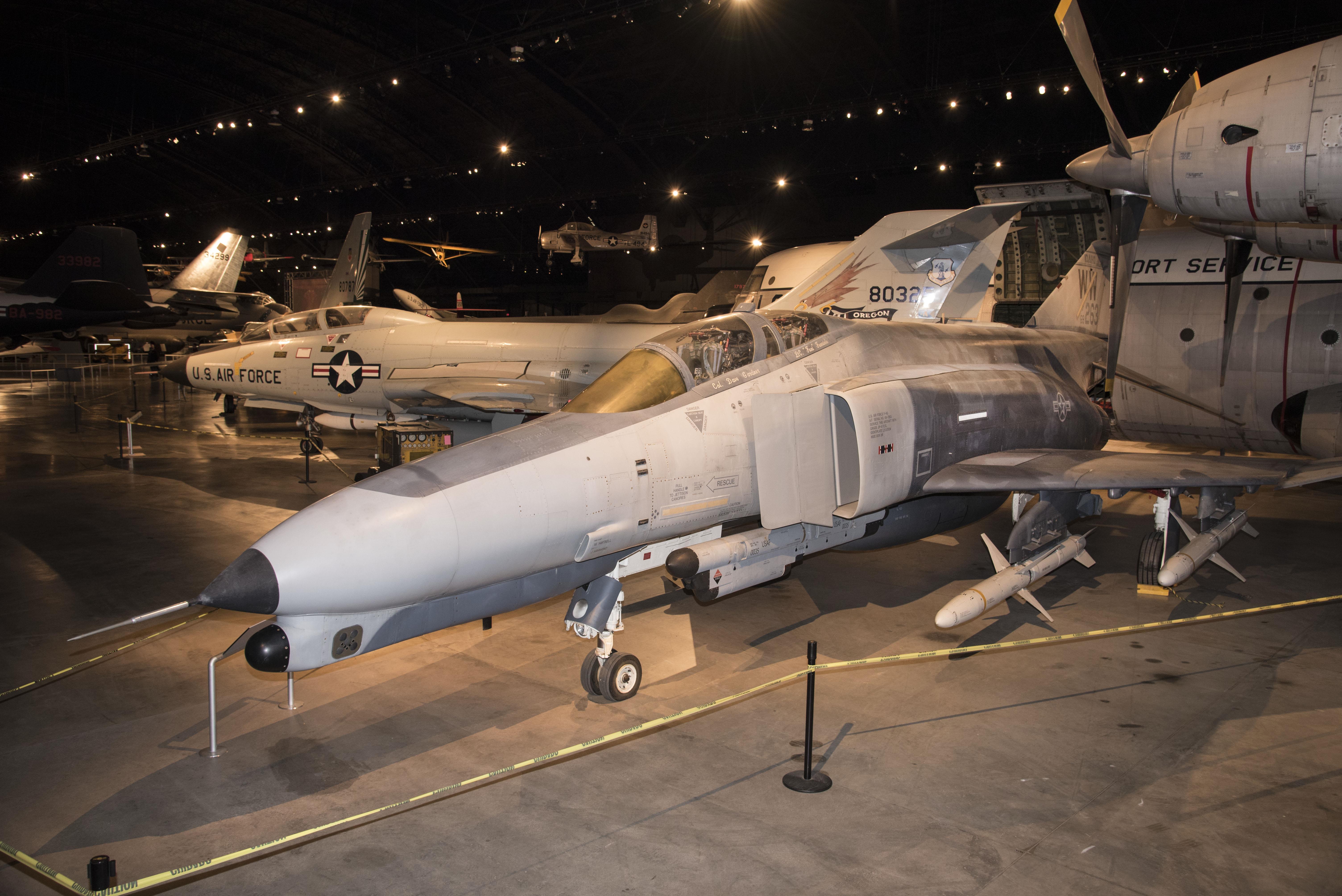What Is Aircraft - An airplane is a vehicle that is capable of flying with the help of air. It resists the force of gravity by using static lift or by using the dynamic lift of the airfoil,
Or in some cases the downward thrust from a jet engine. Common examples of aircraft include airplanes, helicopters, airplanes (including blimps), gliders, paramotors, and hot air balloons.
What Is Aircraft

Human activity related to aircraft is called aviation. The science of aviation, including the design and construction of aircraft, is called aeronautics. Manned aircraft are flown by an onboard pilot, but unmanned aerial vehicles can be remotely controlled or self-piloted by an onboard computer. Aircraft can be classified by various criteria, such as type of lift, aeronautics, usage and others.
The Invisible Revolution Making Planes Lighter
The art of flying models and the story of human flight goes back centuries. However, the first human ascent—and safe landing—in modern times was accomplished by a giant hot air balloon developed in the 18th century. Each of the two world wars led to great technological advances. Consequently, the history of aviation can be divided into five periods:
Aerostats use buoyancy to float in air in the same way that ships float on water. They are characterized by one or more large cells, or canopies, filled with relatively low DCT gases such as helium, hydrogen or hot air, which have a DSE lower than that of the surrounding air. As its weight is added to the weight of the aircraft structure, it adds weight equal to the air displacing the aircraft.
Small hot air balloons, called sky lanterns, were first invented in ancient China before the 3rd century BC and were used primarily in cultural ceremonies, and were the only other type of aircraft to fly. I are the first kites, which were invented first. Destroyed China two thousand years ago. (See Han Dynasty)
A balloon was basically any aerostat, while the term airship was used for a large, powered aircraft design - usually fixed wing.
High Resolution Modeling Of Aviation Emissions Reveals Which Airline Routes In Norway Pollute The Most
In 1919, Frederick Handley Page referred to the "skyship", while the smaller passenger type was called the "air yacht".
In the 1930s, large intercontinental flying boats were sometimes called "airships" or "flying ships".
- although not yet built. The introduction of powered balloons, called dirigible balloons, and later rigid hulls that allowed for large increases in size, began to change the way these terms were used. Zeppelins were the largest and most famous of the large-powered aerostats, characterized by a rigid outer structure and a separate aerodynamic skin surrounding the gas bag. No fixed-wing aircraft or non-rigid balloon could yet be called an airplane, so "airship" became synonymous with these planes. Several accidents, such as the Hindberg disaster in 1937, led to the deaths of these aircraft. Today a "balloon" is an unpowered aerostat and an "airship" is a powered one.

A powered, steerable aerostat is called a dirigible. Sometimes the term applies only to non-rigid balloons, and sometimes a visible balloon is considered the definition of an airship (which can be rigid or non-rigid). Non-rigid dirigibles are characterized by a moderately aerodynamic gas bag with stabilizing wings at the rear. These soon became known as blimps. During World War II, this shape was widely adopted for Tacher balloons. In windy weather, this both reduces stress on the tether and stabilizes the balloon. Along with the shape, the blimp nickname was adopted. In modern times, any small dirigible or airship is called a blimp, although a blimp may be unpowered and manned.
What Is The Best First Aircraft?
Airplanes A heavier aircraft, such as an airplane, must find some way to push the air or gas downward so that it reacts (according to Newton's laws of motion) to push the airplane upward. be This dynamic movement through air is the origin of sound. There are two ways to create dynamic upthrust — aerodynamic lift, and powered lift in the form of gen thrust.
Aerodynamic lift with wings is the most common, where fixed-wing aircraft are kept in the air by the forward motion of the wings, and rotorcraft are sometimes called "swing wings" by turning wing-shaped rotors. . A wing is a flat, horizontal surface, usually shaped like an aerofoil in cross section. To fly, air must flow over the wings and provide lift. A flexible wing is a wing made of fabric or thin sheet material, often stretched over a rigid frame. A kite is tied to the ground and depends on the speed of the wind on its wings, which can be flexible or stiff, static or rotating.
With powerful elevators, the aircraft directs its thrust vertically downwards. V/STOL aircraft, such as the Harrier Jump Jet and Lockheed Martin F-35B, take off and land vertically using powered elevators and transfer to aerodynamic elevators in steady flight.
A pure rocket is generally not considered an aerodyne because it does not rely on air for its lift (and can fly into space); However, many aerodynamic lift vehicles are powered or assisted by rocket motors. Rocket-propelled missiles that achieve very high aerodynamic lift due to the airflow over their bodies are a rare case.
Maintenance Service Plan
The kite is the forerunner of the fixed-wing aircraft. Whereas a fixed-wing aircraft relies on its forward momentum to create airflow over the wings, a kite sticks to the ground and relies on the airflow over its wings to provide lift. Is. Kites were the first type of flying aircraft and were introduced in China around 500 BC. Much aerodynamic research was done on kites before experimental aircraft, wind tunnels, and computer modeling programs were available.
Gliders were heavier-than-air craft capable of controlled free flight. A glider designed by George Kelly made the first truly manned, controlled flight in 1853.
Practical, powered, fixed-wing aircraft (planes or airplanes) were proposed by Wilbur and Orwell Wright. In addition to the propulsion system, fixed-wing aircraft are characterized by their wing configuration. The most important wing features are:

A flying fan has no body, although it may have small blisters or pods. In contrast is a lifting body, which has no wings, although it may have small stabilizing and control surfaces.
How Do Airplanes Fly?
They effectively "fly" close to the surface of the ground or water during takeoff, similar to conventional airplanes. An example of this is the Russian Ekranoplan, known as the "Monster of the Caspian Sea". Manned aircraft also rely on ground effect to stay in the air with minimal pilot force, but that's only because they're so underpowered—in fact, the airframe is capable of flying high. .
Rotorcraft, or rotary-wing aircraft, use a rotating rotor with an aerofoil cross-section blade (rotary wing) to provide lift. Types include helicopters, autogyros, and various hybrids such as gyrodynes and compound rotorcraft.
Helicopters have a rotor that is driven by a gen drive shaft. The rotor pushes the air down to create lift. By tilting the rotor forward, the downdraft tilts backward to create thrust for forward flight. Some helicopters have more than one rotor and some are turned at the ends by gas jets. Some have a tail rotor to counter the rotation of the main rotor and aid in directional control.
An autogyro has unpowered rotors, with a separate power plant to provide thrust. The rotor tilts backwards. As the autogyro moves forward, air flows over the rotor, causing it to spin. This rotation increases the velocity of the airflow over the rotor to provide lift. Rotor kites are unpowered autogyros, tethered to provide forward motion or attached to a fixed anchor in high air to fly the kite.
What Is Aviation And Aerospace Marketing?
Composite rotorcraft have wings that provide some or all of the lift in forward flight. These are today classified as power-lift types and not rotorcraft. Tiltrotor aircraft (such as the Bell Boeing V-22 Osprey), tilting, tail-setter and colliptor aircraft have rotors/propellers that are horizontal for vertical flight and vertical for forward flight.
The largest aircraft by size and volume (as of 2016) is the 302-foot (92 m) long British Airlander 10, a hybrid blimp, with helicopter and fixed-wing features, and a reported speed of 90 mph. Capable of speeds up to 140 km/h (78 kn), and an air endurance of two weeks with a payload of up to 22,050 lb (10,000 kg).
, was the Antonov An-225 Mriya. A six-generation Russian transport built in Ukraine in the 1980s was 84 m (276 ft) long, with a wingspan of 88 m (289 ft). It holds the world payload record after transporting 428,834 lb (194,516 kg) of cargo and flies commercially with a load of 100t (220,000 lb). With a maximum payload of 550–700 t (1,210,000–1,540,000 lb), it was also the heaviest aircraft ever built. It can travel at a speed of 500 mph (800 km/h; 430 kn).

The largest military aircraft is the Ukrainian Antonov An-124 Ruslan (the second largest aircraft in the world, also used as a civilian transport);
Airplane Mode: Here's Why Electronic Devices Are Put On Airplane Mode During The Flight
8-jin, piston/propeller Hughes H-4 Hercules "Spruce Goose"—an American World War II wooden flying boat that was taller than any cart plane (94m/260ft) and had the longest tail height. (Airbus equivalent) A380-800 24.1 m/78ft) — flew only one short hop in the late 1940s and never flew beyond ground effect.
Except for the largest civil aircraft
What is aircraft avionics, what is aircraft fuel, what is an aircraft mechanic, what is the fastest aircraft, what is aircraft technician, what is aircraft leasing, what is aircraft line maintenance, what is aircraft maintenance, what is aircraft management, what is aircraft mechanic, what is aircraft engineering, what is aircraft cable













:max_bytes(150000):strip_icc()/examples-of-sexual-and-non-sexual-harassment-2060884-final-5b5772a2c9e77c0037f613b2-06fad74ef53e4b50be0b839c656f0e65.png)






